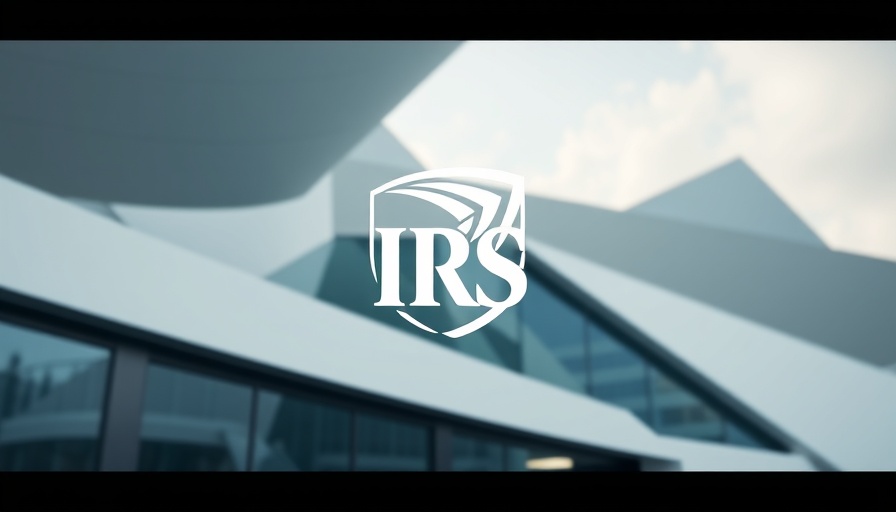
The IRS Updates Mileage Rates for 2025: What to Know
In a pivotal update for business vehicle users, the Internal Revenue Service (IRS) has announced a new mileage reimbursement rate of 70 cents per mile for 2025. This marks a 3-cent increase from the previous year, aimed at assisting both self-employed individuals and businesses that rely on vehicles for work purposes, including cars, vans, pickups, and panel trucks. However, the rate for charitable purposes remains at 14 cents per mile.
Understanding the Tax Implications
Under the Tax Cuts and Jobs Act, the landscape of vehicle-related tax deductions has shifted dramatically. The act removed the ability to claim some itemized deductions, including unreimbursed employee travel expenses. Moving expenses are non-deductible unless you're in the Armed Forces and relocating for duty.
This means that employed individuals must look towards their employers for reimbursement, as personal claims for mileage cannot be made against business travel costs. Employers, while not legally bound to match IRS rates, often align with them for consistency and simplicity.
Options for Vehicle Expense Deduction
Taxpayers have the flexibility of either using the standard mileage rate or the actual cost method. Choosing the mileage rate usually needs to happen in the car's first year of business use, especially for those leasing vehicles, necessitating its use for the lease’s duration.
Unique Benefits of Understanding These Changes
Having a clear grasp of these updates is crucial for maximizing financial efficiency and ensuring compliance. By understanding these changes, individuals can optimize their vehicle-related expenditures, making informed decisions on whether to seek reimbursement or deduct actual expenses. This knowledge fosters better financial planning and adaptability in managing transportation costs amidst rising vehicle operation expenses.
Relevance to Current Economic Conditions
The IRS adjustments respond to economic shifts, notably fluctuating fuel and vehicle maintenance costs. With prices rising, the increased reimbursement rate aims to alleviate the financial burden on taxpayers utilizing personal vehicles for business. This reflects broader economic trends impacting how businesses operate and budget for transportation costs.
 Add Row
Add Row  Add
Add 

 Add Row
Add Row  Add
Add 



Write A Comment